|
At the zoo there was a monkey island surrounded by what was essentially a moat. The island had a lighthouse on it and in the moat along the shore of the island there was a concrete sculpture of a wrecked boat, broken in half. As early as three years old, I remember thinking about how cool it would be if I could somehow put it back together and have my own kid sized boat. I guess I’ve been dreaming of having my own boat for as long as I can remember; I always saw old broken down wrecks (be it a rotted out old wooden runabout or the rusted remains of an old shrimping boat on the Florida coast) as an opportunity to rebuild them to their former glory…I hadn’t yet learned how to calculate return on investment. I did just that with my deck boat in high school, but after I spent some time on the water I started to dream bigger; I wanted a yacht (a 58-ft Hatteras Long Range Cruiser, in case anyone wants to get me an early Christmas present), but I could never make buying such a large vessel make financial sense. It didn’t keep me from dreaming about rebuilding my perfect boat and all the features that I would want on it. Fast forward to early 2015 when I found myself the proud new owner of Serenity and I finally had my opportunity to build the perfect boat. Granted, some features you’d want on a transatlantic yacht don’t make as much sense on a houseboat on Lake Powell (Radar, Autopilot, EPIRBS, SSB radios, AIS, ECS, Gyro-compass, etc.), but plenty do and I had other features based on my houseboating experiences on Lake Powell that I wanted to incorporate as well. I’m going to highlight all the “bells and whistles” that I added to the boat that I think separate her from other houseboats. Flooring. What, floor coverings don’t sound like a feature you’d daydream about? I think that the right floor coverings are not only aesthetically pleasing, but also offer longevity and improved livability on the houseboat. As such, I took a lot of time making sure that I chose the right ones. I’ve already sung the praises of the Lonseal teak and holly flooring in my previous post on the interior, but I’ve got to bring it up again. This vinyl flooring that emulates a teak and holly sole ticks all the boxes for me; it looks good, it’s durable, and it doesn’t require maintenance. You can easily point out that material and installation costs exceed that of carpet, but given the fact that this should have a much greater life (hopefully never needing replaced) and isn’t going to get stained or trap the sand and dirt, I think the extra cost is justified. It is a commercial grade sheet vinyl, which is a waterproof barrier, has a long wear life, and is UV stable to prevent fading. The only thing you should ever have to do to keep this floor looking great is sweep and mop, which will be of great benefit in keeping the sand that will inevitably be tracked aboard in check. I did opt for carpet in the staterooms due to both the lower cost and the installation difficulties with the stairs. I like the feel of carpet in a bedroom, and, while I prefer hardwoods or tile throughout a house, I usually go with carpet in bedrooms as well. In order to get the best life out of the carpet, I purchased a short pile Stainmaster carpet that I hope will hold up for many years. On the exterior decks I went with a marine carpeting, but decided on a darker tan color instead of the traditional dark gray that you see on most boats. The reason for the dark tan was twofold, I figured it would be cooler on the feet and I thought that the sand that was tracked aboard would blend in with the brown tone better than a gray. Getting a quote for installation of $6000 for the front and back deck nudged me in the direction of installing the exterior carpeting myself. After a solid week worth of work, I understand why they charge so much for installation. Never the less, it came out well and I added features like the tan plastic stair caps to improve wear and longevity of the carpet (seems that the first place to wear out on carpet is always the nose of the stair treads). Safety Equipment. Every houseboat has the basic, required safety items; fire extinguishers, Personal Flotation Devices (PFDs), throw-able flotation, smoke and carbon monoxide alarms, etc. Of course, Serenity has a full complement of all those items, but, as someone that has gone to sea and had safety drilled into me, I went above and beyond when it came to safety equipment. I was always fond of the USCG motto of Semper Paratus, meaning always ready; it was much better than the NOAA Corps motto, which as near as I could tell was Semper Confusa (in basic training I was told that NOAA was an acronym for No Organization At All and my career seemed to reinforce that). I hope never to be caught wanting when it comes to vital equipment that might save a life; just like the boy scouts, always be prepared. The number one fear of most mariners is fire. Fire aboard a vessel is truly terrifying, especially a ship sailing in the frigid waters of Alaska; there is no fire department to call, you and your fellow crewmates are the only ones that can battle the blaze, and if you fail the only escape is the unforgiving ocean. I’ve gone through basic and advanced firefighting training twice; even with turnout gear and an SCBA (Self-Contained breathing Apparatus), getting near a raging fire was no fun. So, while I equipped the boat with 5 fire extinguishers, I was looking for better alternatives to battle a blaze. The engine compartment was already protected by a fixed HALON system, which should knock down a fire in that space in short order. It is a HALON 1301 Flooding System that is automatically actuated when temperatures in the Engine Compartment reach 175-deg F. HALON is a firefighting agent that attacks the fire by inhibiting the chemical reaction itself. It is very safe for human exposure and it is extremely effective at quickly knocking down a fire while leaving no residue. Unfortunately, it is a CFC and was linked to ozone layer depletion; as a result, production was ceased in 1994, but there are sufficient reserves to last well into the future for applications where HALON is necessary. I'm very happy to have it protecting Serenity's engine compartment. At the suggestion of my firefighter brother, I installed an automatic fire suppression system over the range called the “StoveTop FireStop,” which is a fixed Sodium Bicarbonate Dumping System. This system is automatically actuated when flames reach the device and ignite a fuse. The fuse triggers canisters of Sodium Bicarbonate, which are dumped onto the range to extinguish the fire by smothering; when sodium bicarbonate is heated it releases carbon dioxide gas, which deprives the fire of oxygen. My brother also pointed me in the direction of a new sort of extinguisher, the Elide Fire Ball. The Serenity is now equipped with 2 Elide Fire Balls, which act as fixed automatic fire suppression systems in the main salon above the electrical panel and in the aft stateroom. These Fire Balls can also be taken down and thrown into a space to combat a fire without having to make entry or attack the fire directly. They are a hollow polystyrene ball containing monoammonium phosphate dry chemical surrounding a small explosive charge. Flames will ignite a fuse, which will set off the explosive charge and distribute the firefighting agent evenly throughout the space. Medical emergencies, like fire, pose a unique hazard in a location as remote as Lake Powell. Minor and major medical problems can arise at any time and having someone on board with at least basic first aid and CPR knowledge could be the difference between life and death. I went through over a month of training (most of which I have forgotten; I don’t think anyone wants me giving them stitches or administering an IV) to receive my MPIC (Medical Person In Charge) certification and I wanted to be sure that I had all the required emergency medical equipment available if I would ever need it. The Serenity is equipped with a very extensive Medical Kit that will provide equipment for even advanced responders; from a Cervical Collar to stethoscope to SAM splints to Aspirin. I had to restrain myself from buying a back board and AED, but at some point I had to admit that the expenditure exceeded the likelihood of ever using the equipment. Either way, someone that is trained in emergency medicine should find everything they need for basic EMT level care in the utility closet. All the emergency equipment in the world isn’t worth a tinker’s dam if you don’t know how to use it and haven’t thought about how to react in an emergency. On board ships we had binders of Standard Operating Procedures and Emergency Procedures that we had to learn inside and out to get qualified as bridge watch standers. Similarly, I have taken great care in creating SOPs and Emergency Procedures for the Serenity. They detail the equipment aboard and how to use it with clear and concise explanations. This sort of information is invaluable and, likely to the consternation of some of the new owners, it is required reading prior to being authorized use of the boat. As part of our rules, the owner also has to conduct a safety briefing prior to departing the slip, to make sure that everyone aboard knows the key safety elements aboard the boat. Safety is everyone’s responsibility. Navigation Equipment. I’m a self-admitted navigation nerd, having spent countless hours on the bridge of a ship navigating through the inside passage to and back from Alaska, and I had to reign myself in so that I didn’t overdo the navigation equipment on Serenity. Realistically, there is very little navigation wise that you need on Lake Powell other than local knowledge, but there are a few things that can definitely make your life easier. I of course purchased a suite of charts for the Serenity, including the Fish-n-Map charts of the north and south lake, the Stan Jones map that I framed on the wall for quick reference, and Navionics Western Lake electronic chart package, which includes a very detailed electronic chart of Lake Powell. The electronic charts display well on the new Lowrance Elite 7 chart plotter and echosounder (that’s the hydrographer’s way of saying depth finder), which also gives you a wealth of information about water depth and temperature. I mounted the chart plotter at the upper helm, since that is where I would be driving once in open water, where the chart plotter would be most useful. While I would never want to navigate the lake at night (it’s specifically prohibited by our insurance), this would give me far more confidence in doing so. Navigating in open water is relatively easy, but maneuvering in tight quarters can be a nerve rattling experience. As such, I focused on adding anything that could make the process a little easier. I had to replace the rudder angle indicators, which are extremely helpful in close quarters. It’s a nightmare trying to maneuver that houseboat in tight spaces when you have to guess at where your engines are pointed. After pulling into the slip for the first time, I realized that the view behind the houseboat from the lower helm was limited, to say the least. Having someone on the back deck as a lookout works, but I thought it would be much easier if you could see for yourself. I installed a rear view camera to give the driver a clear view of what is behind the boat. We’ll also be installing rear view mirrors on both sides soon to increase visibility further. Luxuries. Now, if I had my way I’d have a much simpler houseboat, maybe an aluminum pontoon boat about 50-ft or less in length with a swamp cooler and camper appliances; something that would be inexpensive to operate and be a little bare bones. When I think about going to Lake Powell I don’t think about creature comforts, but I’m married now and apparently if I want my wife to come with me to the lake, I need a few luxuries. I also figured that some memorable features would make shares easier to sell. I went higher end on most things, like soft close doors and drawers on the cabinets and stainless steel appliances, but also added a few cool extras.
As I’ve said, the work on a boat is never finished, but this post pretty much wraps up the ongoing series on the refit of the Serenity. I’m sure I will have many projects on the Serenity to write about in the future (winterizing the boat, the installation of the water slide, replacing the canvas, etc.), so stay tuned.
Until next time, here’s wishing you fair winds and following seas.
0 Comments
Leave a Reply. |
AuthorBrent Pounds has over a decade of experience in the maritime industry and has been involved in recreations boating since he was a child. See the About section for more detailed information. Archives
October 2016
Categories
All
|
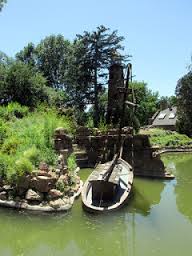
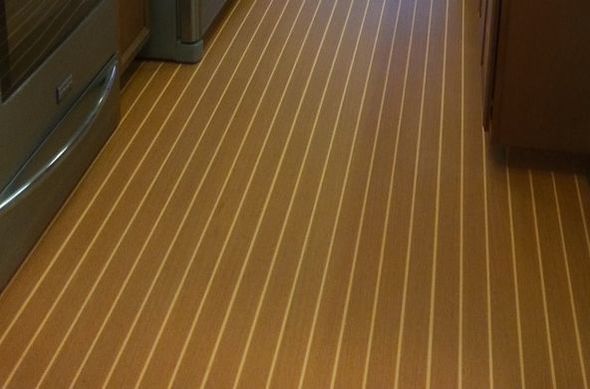
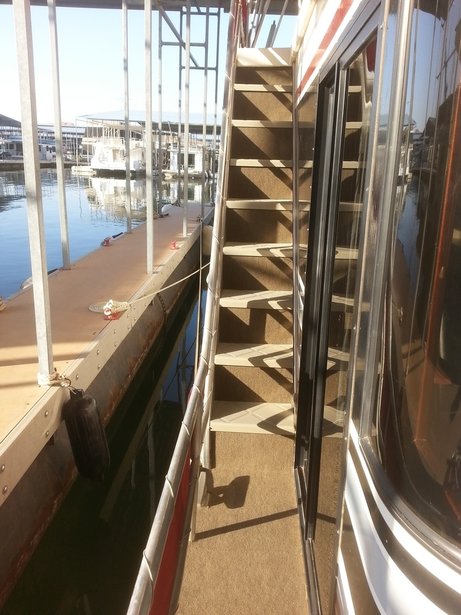
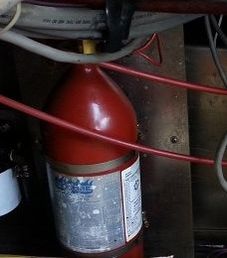
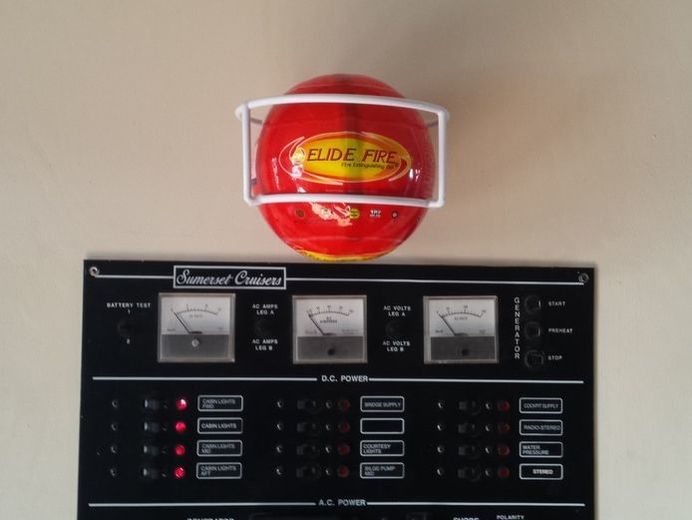
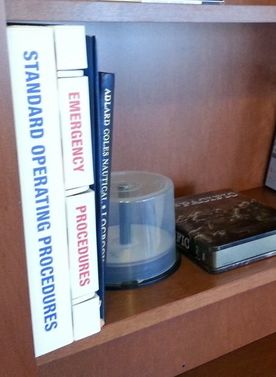
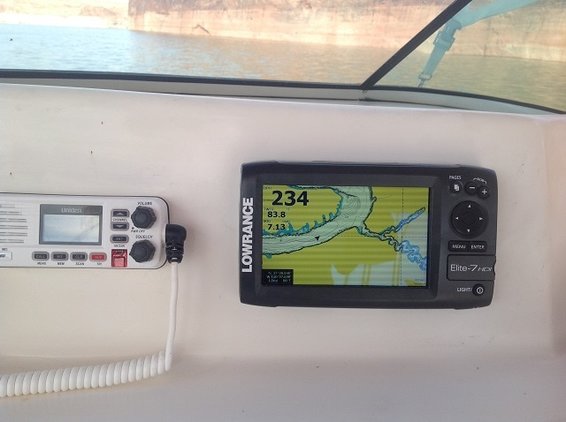
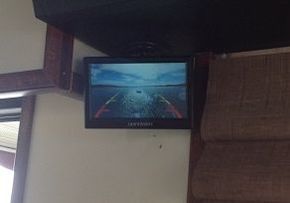
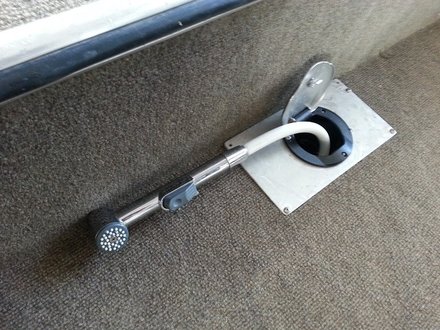
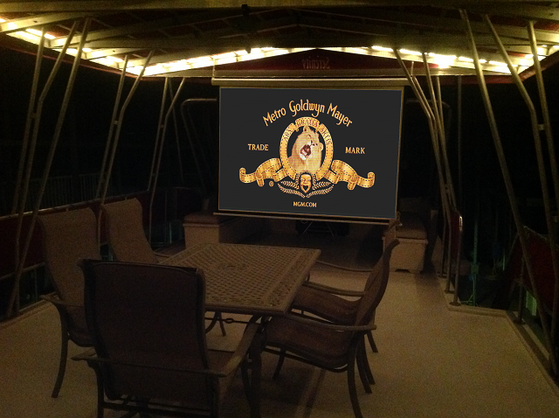
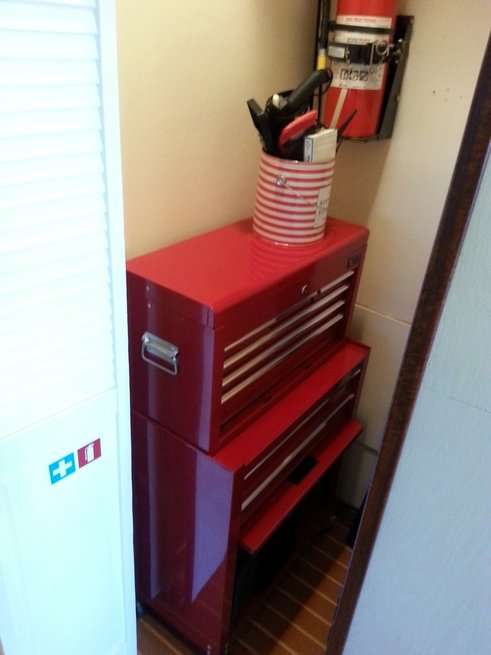
 RSS Feed
RSS Feed